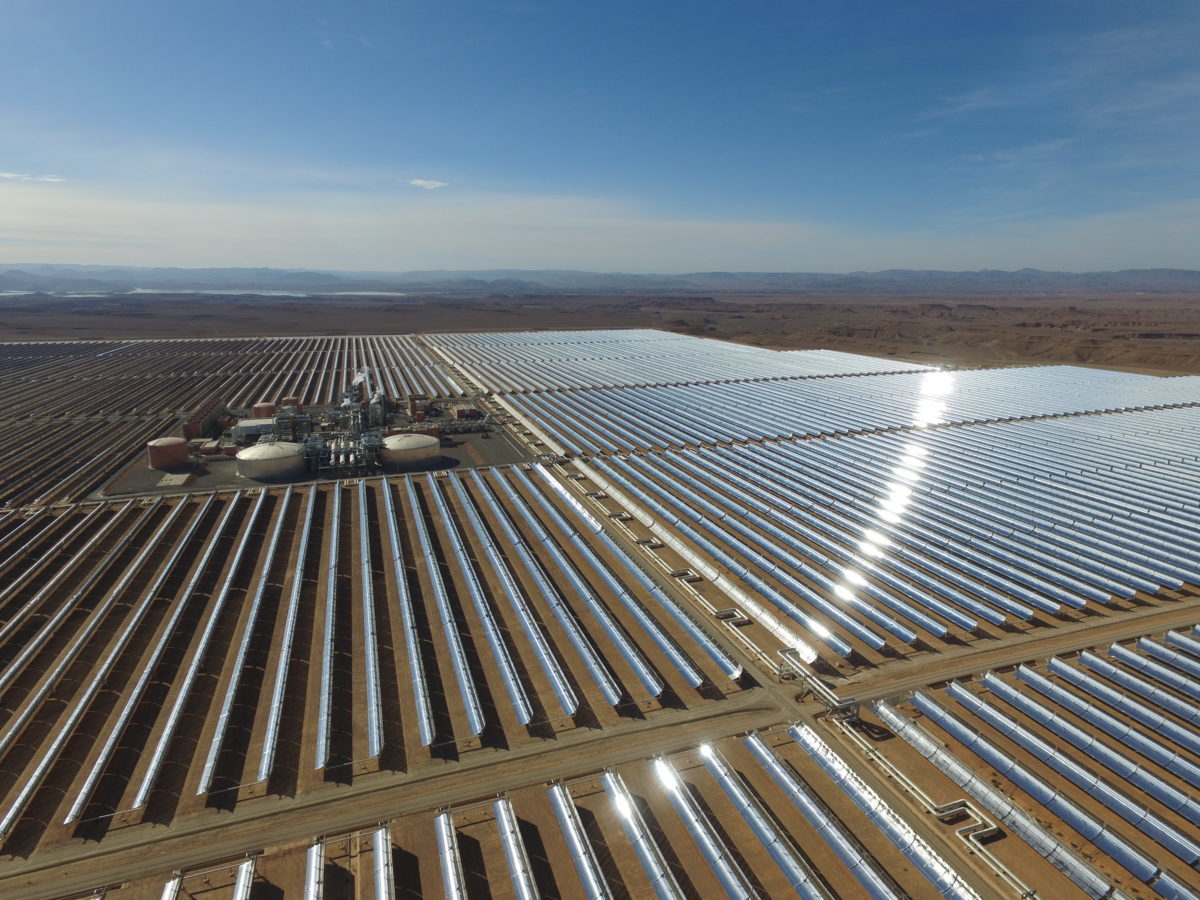A Curtin University team, led by Professor Craig Buckley from the School of Electrical Engineering, is set to raise the concentrating solar power (CSP) dish-plus-Stirling-engine system from the ashes of PV’s scorching advance, by developing integrated thermal battery storage. The resulting modular, dispatchable-generation approach could ultimately also work to firm PV in the Australian grid.
The research project, Thermal Battery Development for Concentrated Solar Power Systems, has received $1 million in funding from the Federal Government through the Global Innovation Linkages Program. It aims to advance the work of Swedish innovators TEXEL (formerly United Sun Systems) on a new type of thermal battery.
Third party to the collaboration, ITP Thermal Australia, will bring engineering nous and experience with dish concentrators to the task of integrating the system.
Dishing up energy efficiencies
“Dish systems,” says Keith Lovegrove, managing director of ITP Thermal, “are the most efficient solar-thermal generators by a long shot,” but their development has languished after a false start that saw them pitched at small-scale energy needs.
Initial design of dish systems was centred around driving the also highly efficient Stirling engines, with the intention of providing off-grid power for remote homesteads and other offgrid operations.
However, the rapid development and decline in cost of solar PV wiped the dish-Stirling combination off the viable map.
“What would make all the difference is if one could have a thermal storage system that integrates well with the dish-Stirling system,” says Lovegrove, who envisages modular arrangements of 46kW systems providing 24-hour solutions for off-grid operations that require generation between “the hundreds of kilowatts to the low megawatts”.
A characteristic of the Stirling engines is that they run at very high temperatures, and the battery technology under development at Curtin University, uses high-temperature metal hydride or metal carbonate as the heat-storage medium, along with a low-temperature gas-storage vessel for storing hydrogen or carbon dioxide.
Explains Professor Buckley, “At night, and in times of cloud cover, hydrogen or carbon dioxide is released from the gas storage vessel and absorbed by the higher-temperature metal to form a metal hydride/metal carbonate, which produces heat used to generate electricity.”
Curtin is also working on lithium battery systems, developing cradle-to-grave — or resource-to-recyling — opportunities for Western Australia. Says Curtin’s Deputy Vice Chancellor of Research, Professor Chris Moran, “As with the lithium battery systems, the deployment of a cost-effective energy-storage system using thermal batteries will revolutionise the landscape of renewable energy production worldwide, by allowing renewables to truly compete with fossil fuels.”
CSP + PV + storage, promising for Australia’s dispatchable needs
ITP’s Lovegrove says that larger-scale CSP systems are becoming widely used in countries such as Morocco, where coal and gas industries are not entrenched and the demand for energy is increasing.
The combined use of CSP, thermal storage and solar PV in projects such as the Noor Midelt I solar complex — with a total of 800MW capacity and five hours of storage — is part of a plan by the Moroccan Agency for Sustainable Energy (MASEN) to develop 2 GW of clean energy by 2020.
In Australia, says Lovegrove, the need for clean dispatchable energy is urgent as coal-fired plants retire in coming decades; and CSP, plus solar PV, plus thermal storage could be co-located and optimised to provide cheap, dispatchable power.
In an ARENA-commissioned study, Comparison of Dispatchable Renewable Electricity Options, completed by ITP Thermal in mid-2018, “solar thermal and pumped hydro look very similar on current costs”, says Lovegrove, who adds, “A lithium-ion battery is a wonderful thing for a half- to one-hour timeframe, but if we want storage that runs into the 12 hours to two days”, solar thermal and pumped hydro the best options, with each to be applied to suit the solar plant geography.
For mining companies and other off-grid operations, the Curtin thermal battery project aims to provide a commercially viable, solar-powered system that produces electricity 24/7.
This content is protected by copyright and may not be reused. If you want to cooperate with us and would like to reuse some of our content, please contact: editors@pv-magazine.com.









By submitting this form you agree to pv magazine using your data for the purposes of publishing your comment.
Your personal data will only be disclosed or otherwise transmitted to third parties for the purposes of spam filtering or if this is necessary for technical maintenance of the website. Any other transfer to third parties will not take place unless this is justified on the basis of applicable data protection regulations or if pv magazine is legally obliged to do so.
You may revoke this consent at any time with effect for the future, in which case your personal data will be deleted immediately. Otherwise, your data will be deleted if pv magazine has processed your request or the purpose of data storage is fulfilled.
Further information on data privacy can be found in our Data Protection Policy.